Introduction
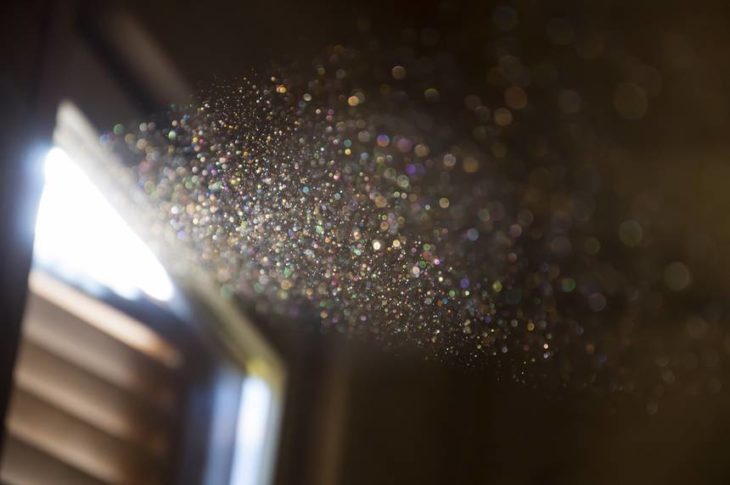
Having clean air within your home is very important. You want to ensure that it’s not negatively affecting the health of your family. That is why it is a good idea to get an indoor air quality test.
Concept
The idea of this project is to develop a device that regularly monitors what the air quality in your room is like. This consistent reminder brings to the users attention how important it is for them to do something about it. Along with this the device also monitors temperature and humidity in order to create a comfortable living environment.
Design
An air quality sensor and a DHT11 (humidity and temperature sensor) were utilized as inputs to create this smart monitoring device. Two LEDs served as outputs, indicating whether the air quality inside was good or bad. The exhaust is then turned on or off using a DC motor based on the data provided from the sensors.
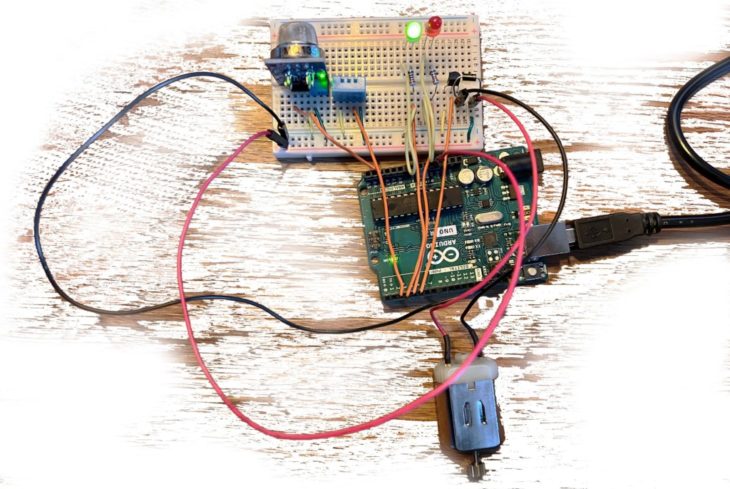
Component Requirements
- Arduino uno board
- Breadboard
- USB cable
- DHT11 sensor
- Air quality sensor
- Wires
- Transistor
- DC motor
- Two LEDs
- Resistors
Schematic Diagram
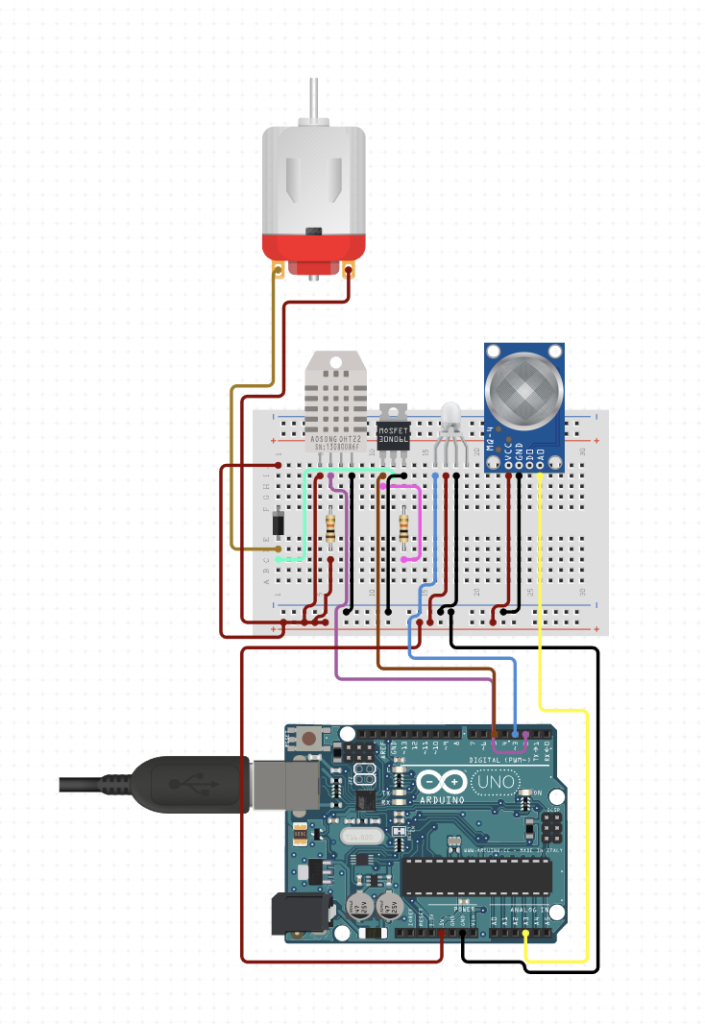
Two cables are used to attach the 5V and GND from the Arduino uno board to the breadboard. A DHT11 sensor is then attached along with the air quality sensor. The air quality sensor is attached to the analog circuit whereas the DHT11 is attached to the digital. Then an LED and a DC motor is connected to the breadboard as outputs.
Code
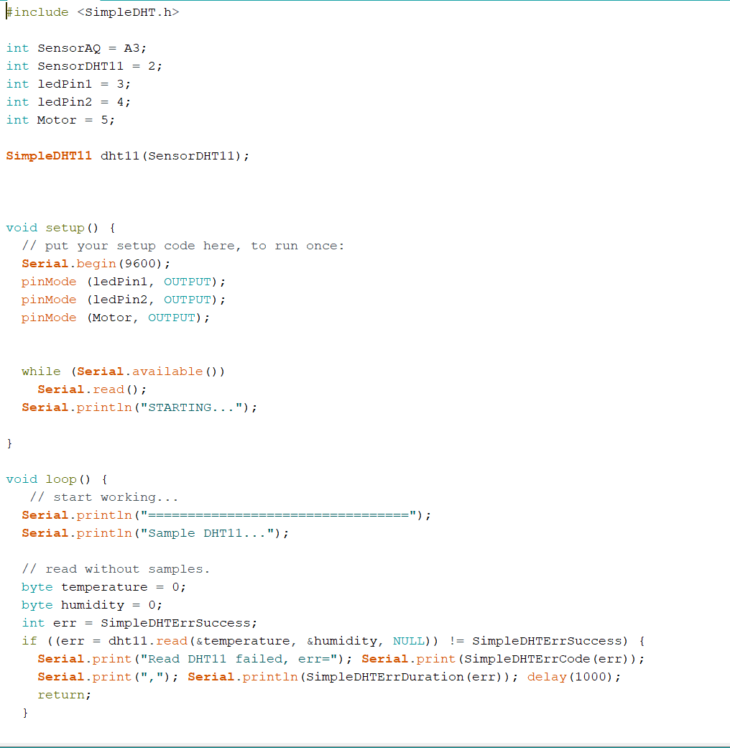
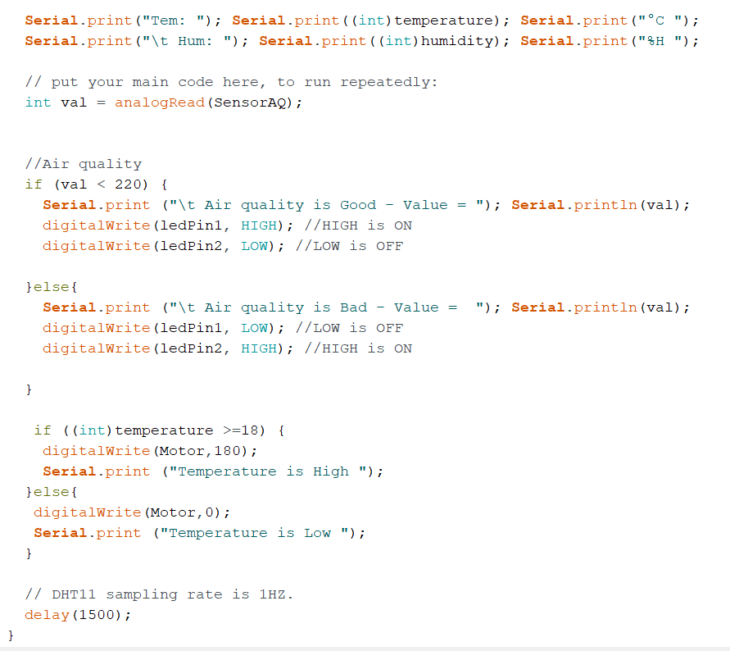
Video
Future Works
As the project progresses, new components such as algae photo bioreactors or other forms of air purifiers could be added that, instead of alerting the occupant, actually clean the air quality. An additional function can also be added to the code so that the exhaust fan works not only for temperature and humidity, but also for the polluted indoor environment, improving the purification process’ efficiency and effectiveness.
Comfortable Environments is a project of IAAC, Institute for Advanced Architecture of Catalonia at Master in Advanced Architecture in 2021/2022 by Student: Muhammad Taimur Mian; Faculty: Bernat Morato; Faculty Assistant: Daniil Koshelyuk